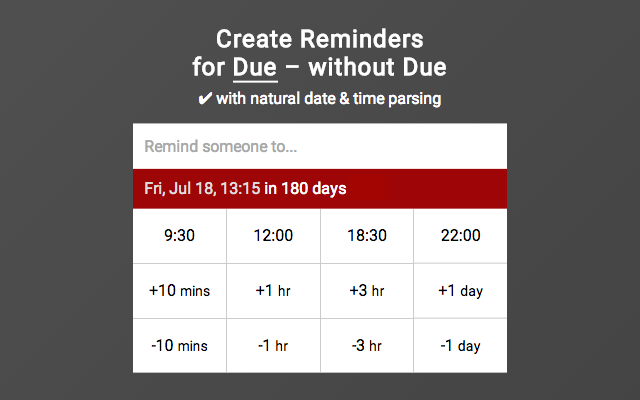
Jordan Eldredge hat Winamp 2 in HTML5 und JavaScript nachgebaut. Funktioniert überraschend gut (soweit ich das mit der mitgelieferten MP3-Datei testen konnte, weil sich herausstellte, dass ich 2017 nur noch auf Streaming setze und keine lokalen MP3-Dateien mehr am Mann habe). Jetzt noch ne Electron-App draus bauen und wir haben unser aller Lieblingsplayer wieder. 😎

